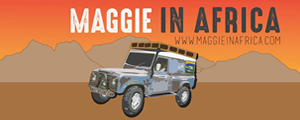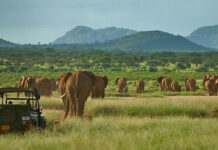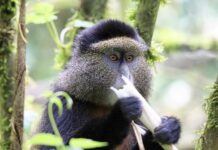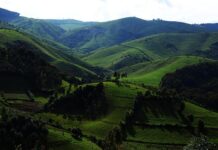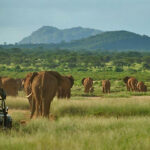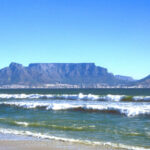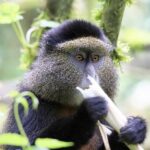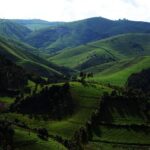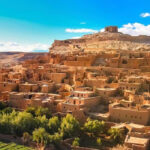Chobe National Park
The idea of a national park to protect the varied wildlife found here as well as promote tourism first appeared in 1931. The following year, 24’000 km² around Chobe district were officially declared non-hunting area; this area was expanded to 31’600 km² two years later. In 1967, the reserve was declared a national park.
A note about national parks and reserves in Botswana, a few years ago they were run by the government parks board but in the last year and a bit the government have been cordoning areas of to private concessions with their reason being keeping the footprint of tourists to an acceptable number each year, but the reality from my perspective is that they are probably earning a fat wedge of cash from these private companies and eventually the average income family will be priced out by the smaller number of rich people that fly into Bots, see the wildlife that they want and then fly out again.
As a result of this privatisation, you cannot simply arrive at any park and then pay your park fees and drive in unless you are not intending to sleep in one of the designated camping areas. Due to the size of these parks it almost makes it virtually impossible to drive for the day and leave without having to sleep in either a camping area or a hut/lodge.
So even though we entered Bots via one of the gates to Chobe, we actually had to drive to the closest town called Kassane to book our 1 night in Chobe. That night we slept in a nearby campsite in Kasane which was reasonable enough at 60 pula each (£5) and the next day went to their offices in the town. The cost of the park entry fees are 120 pula each (£10) per day and the camping a very reasonable 30 pula each (£2.50) but we had to tell them when we wanted to go.
The staff in the office were not helpful at all and looked like they would rather be somewhere else than here but we found all the info we needed to know from some other tourists also visiting the park. Nevertheless, the next day we were in Chobe and the route we chose was along the Chobe river (didn’t have much choice by the way) but it was well worth it. The roads consist of thick sandy tracks that only a 4×4 can traverse through and it all added to the charm of the place trying to avoid large tour guided 4×4’s carrying expectant tourists on the back seats while trying to spot some animals in the process.
Actually spotting animals wasn’t that hard, herds of Elephants would cross your path, followed by Giraffes, Buffalo, Springbok and over by the river you could get good viewing spots for watching Hippo’s and the odd croc.
Campsite
If you are camping in Chobe, be prepared to bring food and firewood as there is no small shop that you sometimes find in national parks but there are shower and toilet facilities here.
The campsite is secluded and situated on the banks of the Chobe river and a magical setting that you could easily spend days here watching the wildlife just near you, hippo’s distinctly grunt your way, fish eagles perch high up on trees, monitor lizards trundle through the grass and we even had an army of huge ants invade our campsite looking for something and these guys were huge!
I have been lucky enough to visit a lot of national parks in Central, Southern Africa and East Africa and the Chobe comes highly rated as a must see place if you are into your wildlife, you are unlikely to see lions and leopards unless you are fortunate unlike the great plains of the Serengeti or the red dunes of the Kalahari but for an experience in itself the Chobe National Park is a special place and I hope that the Botswana government change their current privatisation plans to stop this becoming a place that only rich tourists can visit as the park is huge and I would have like to see more than the full day that I was there.
